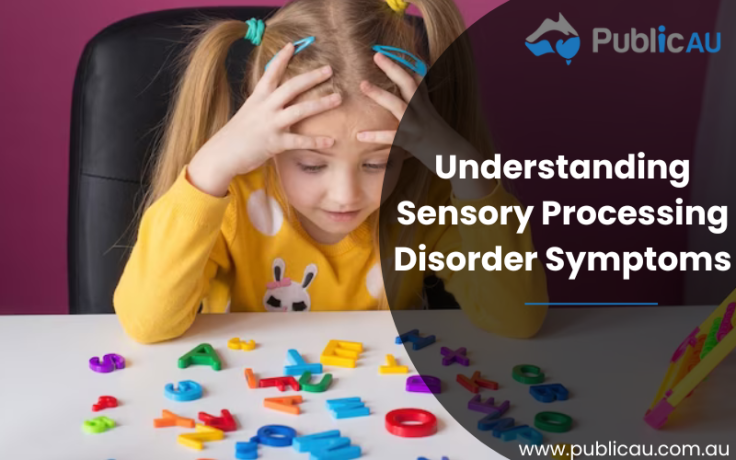
The National Disability Insurance Scheme provides disabled people with connections to service and the necessary information about the various kinds of support provided by the government of each state and territory. Applying for NDIS is not a very complicated procedure and involves the following steps: –
- Getting eligibility assessed:
You can talk to an NDIS registered provider or call an NDIS representative to assess your eligibility. There, they ask questions regarding life of the caller and the disability that they are suffering from. You might also be asked to provide identification details or reports from doctors or healthcare workers. - Planning:
If you are qualified for an NDIS plan, you will be invited to a meeting to discuss how you live today and your future plans. You must create a strategy so that the NDIS staff understands how you will achieve your objectives. Your objectives will specify the assistance, care, treatments, equipment, and other resources you will require. It is critical to undertake this planning with family, caregivers, and your health care team, as they can assist you in ensuring that your plan has all you require. You must give the planner with information on what you require in your NDIS plan, as well as a suggested plan for approval, at the planning meeting. Proposed proposals are evaluated against a set of criteria that are deemed acceptable and essential in everyday life. The plan will explain your objectives and the assistance, resources, and equipment you’ll need to achieve them. Your plan will be submitted to the NDIS, and a copy will be kept by you. If the NDIS agrees with your plan, it will inform you how much money you can have to pay for it. - Using the plan:
NDIS funds can be used to pay for the assistance, services, and equipment you require due to your disability. You will get your money once your plan has been approved, and you will have the option to pick your own service providers, care, and support. You may also be assigned a support coordinator, and another individual may be asked to assist you in managing your finances if necessary. You may already be collaborating with family, friends, and service providers. You have the option of continuing to get assistance from the same individuals or making changes. - Review the plan:
You’ll have a meeting about a year after you construct your first plan to see how it’s progressing. This allows you to alter your objectives or the assistance you receive. When you establish a new plan, the quantity of money you may use for it may change.
To apply for the NDIS, you must:-
- Have a long-term impairment that has a major impact on your day-to-day activities.
- Be an Australian citizen, a permanent resident, or a Special Protected Category visa holder.
- Be under the age of 65 when submitting your application.
Moreover, the evidence provided for your eligibility must include: –
- Confirmation of disability type
- Date of diagnosis (if possible)
- Treatment options available
- The duration of the disability
- Approval by a medical professional
- Confirmation of the impact of disability



